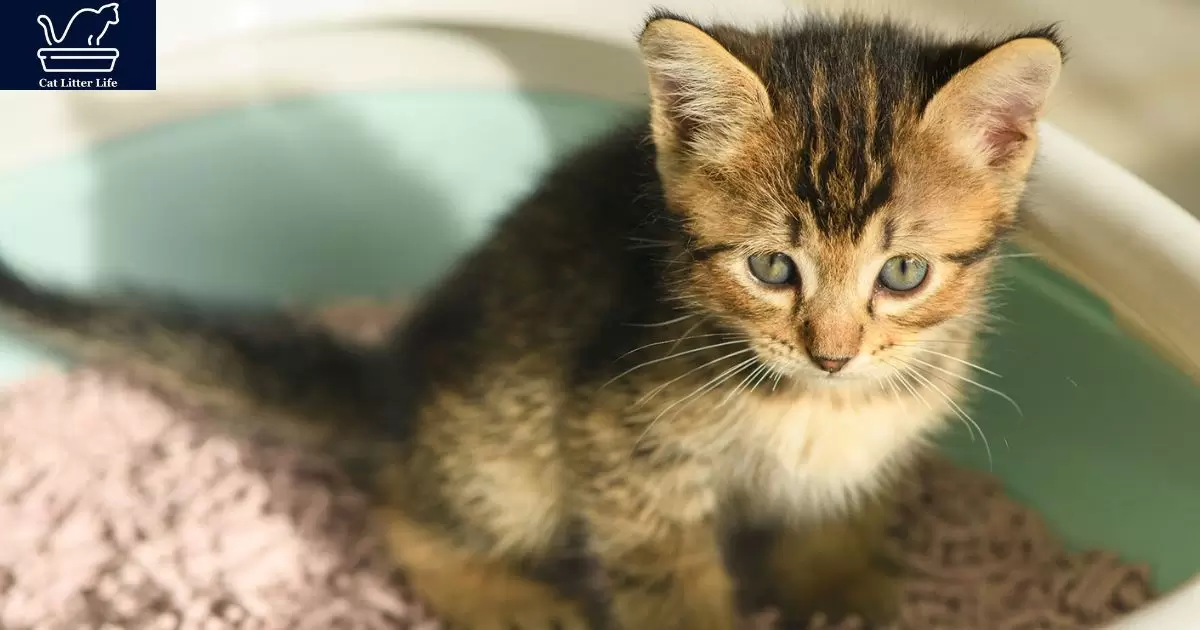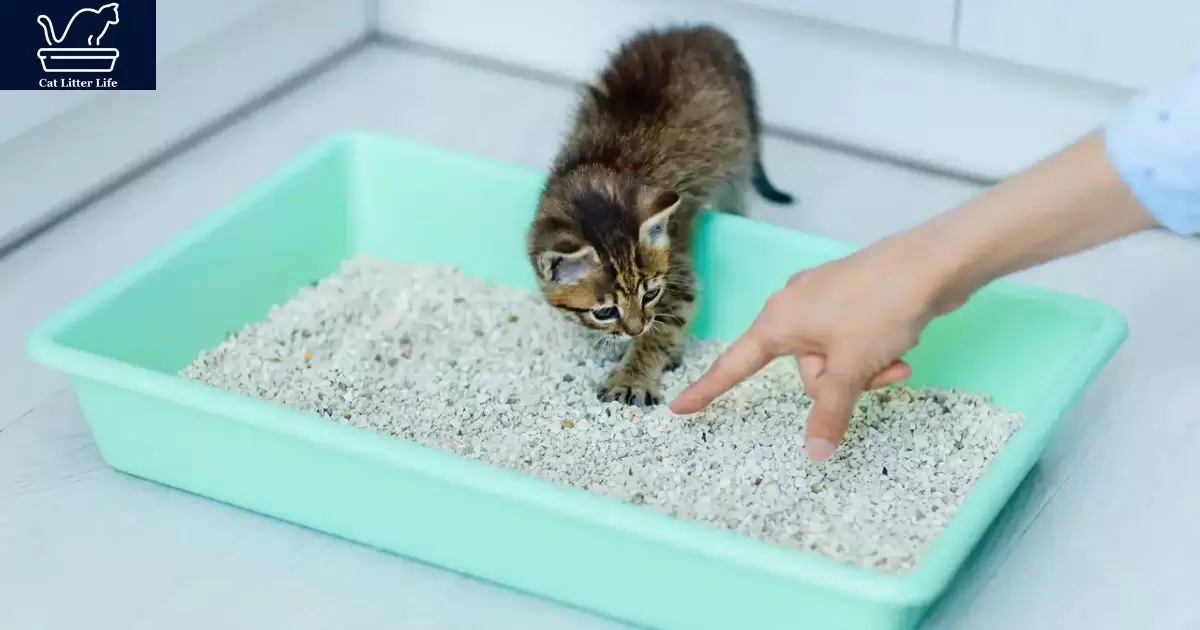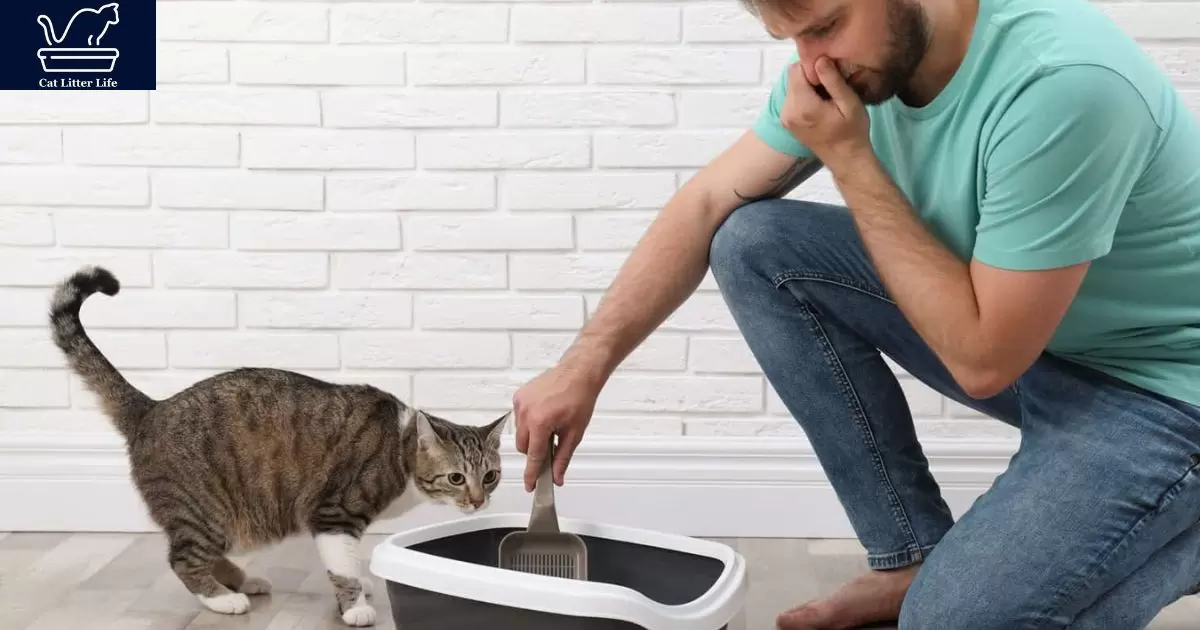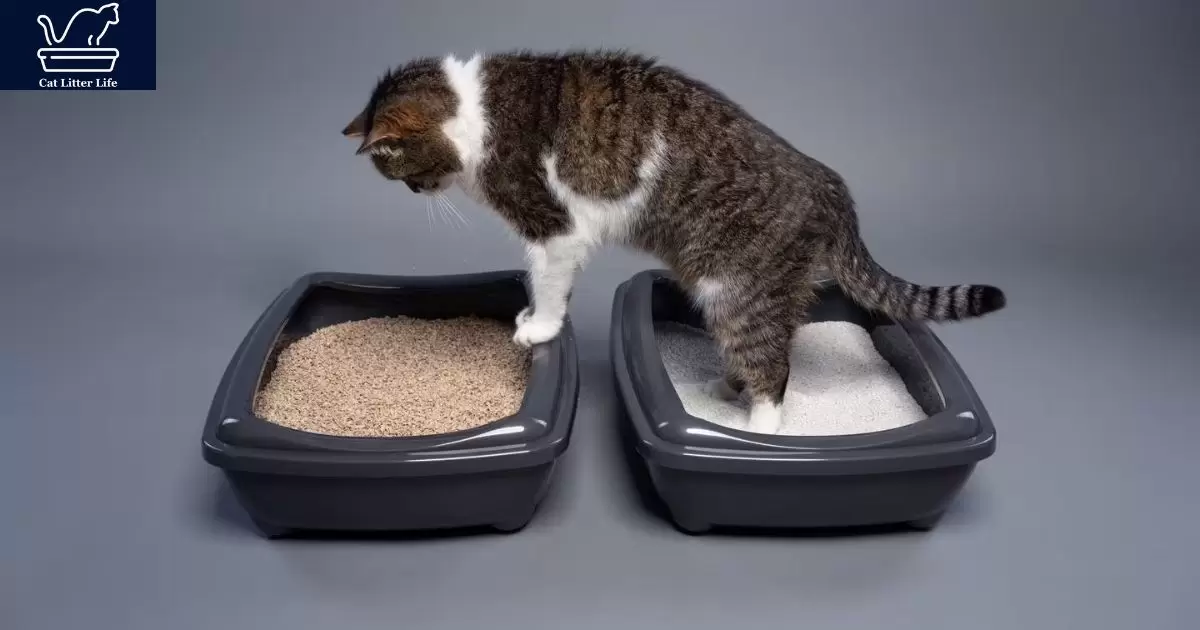Litter schooling a cat teaches the cat to urinate and defecate in a muddle box. It is a crucial part of responsible cat ownership. Litter training kittens is simplest while they may be younger, around 4 weeks old. But what if you adopt an older cat? Is there an age whilst it will become too late to muddle-train a cat?
When is it too late to litter train a cat? Many cat owners ask this question if they adopt an older cat. Being capable of muddling a cat is a critical part of having an indoor cat. When cats urinate or defecate outdoors the clutter field, creates a messy United States, and disturbing situation.
Litter education for a cat includes displaying the cat the clutter box location, lightly setting them within the box, and worthwhile them with pets, treats, or play after they use the box. The goal is to build an association between the cat in the cluttered container and going to the bathroom. With the proper strategies, many personal cats can learn to use a litter box. However, certain medical conditions or stubborn behavior may make training impossible with some cats.
Cat Litter Training Age Limit
The great time to begin clutter education for kittens is around three-four weeks old while the mom cat starts offevolved to educate her kittens. By 8 weeks of age, kittens typically have learned the fundamentals from mom earlier than going to new homes. Kittens as old as 6 months can still be litter-trained with consistency and rewards.
As kittens grow older without training, the challenge intensifies, leading to the formation of bad habits. Success rates notably diminish after 6 months if a cat hasn’t received proper training. Patience is crucial, yet it grows increasingly challenging, especially when introducing scented cat litter into the equation.
Cat Litter Box Introduction Timing
Introducing the litter box around 3-4 weeks allows the mother to demonstrate proper usage to kittens. Kittens start naturally eliminating on their own around this age. Placing kittens in the box after feeding or napping reinforces the location.
Their instinct is to eliminate after eating or sleeping. Take advantage of this natural urge by showing them the litter box location early on. This sets them up for success later.
Cat Litter Training Success Rate by Age
Success is highest the younger the kitten. Nearly 100% will learn properly under 4 months old. From 4-6 months old, success declines to around 90% if bad habits exist. Over 6 months, rates fall to 50% or less if untrained.
Older cats with years of bad habits are harder to re-train but it’s possible. It takes more time and diligence to motivate them. Consistency, confinement, and rewards are key to re-training adult cats of any age.
Cat Litter Re-Training Older Cats
For adult cats with established bad litter habits, re-training takes patience and persistence. Restrict access, add boxes, and use rewards to motivate. Prevent accidents through confinement when unsupervised during re-training.
Even cats with years of bad habits can learn to use the box properly again. It takes time and positive reinforcement. Manage the home environment and reward good litter box habits. Eventually, habits can be re-shaped at any age.
Cat Litter Health Issues in Untrained Cats
When cats fail to apply the muddle container, it could result in extreme fitness troubles. Urinating outside the field increases the risk of urinary tract infections and bladder inflammation. The longer the horrific habits cross on, the higher the contamination chance as microorganisms accumulate within the domestic. Litter training is key to reducing infectious exposure.
Untrained cats that soil around the home are also at risk for accidental poisoning. Exposure to cleaning products used to eliminate odors and stains can be toxic if ingested. Litter training avoids this risk by containing waste in the box. Proper training leads to better health.
Cat Litter Box Avoidance Health Risks
Avoiding the litter box can stem from underlying illness causing pain or discomfort. Issues like arthritis, urinary tract infections, and digestive issues can make muddle box use uncomfortable. The box then becomes associated with pain. Identifying and treating medical issues is key.
Litter box avoidance also increases infectious disease exposure from waste around the home. Bacteria from feces and urine can lead to illness. Containing waste in the litter box reduces this risk. Proper training ensures better health through infection control.
Cat Litter House Soiling Problems
When cats fail to apply the muddle container, it ends in residence soiling problems. Urine and feces around the home cause property harm and create unsanitary situations. The waste emits odors and draws bugs. Stains soak into floors and fabrics. Pets and humans track waste through the home.
Diseases also spread more easily when cats soil the home. Organisms in cat feces and urine become environmental contaminants. Family members can be exposed through ingestion, inhalation, or skin contact. Proper litter training contains waste and avoids disease transmission.
Cat Litter Re-Training for Health
Re-training cats to use the litter box improves both cat and human health. Containing waste stops infectious organisms from spreading through the home. Fewer bacteria, viruses, parasites, and fungi contaminate surfaces when cats use the litter box.
Re-training also reduces disease exposure for cats. Frequent handling of cat waste without proper precautions increases the risk of transmission to pets and people. Using the litter box creates a barrier that decreases infectious contact. Litter re-training benefits health.
Cat Litter Re-Homing Untrained Cats
When re-homing a cat with poor litter box habits, it’s best to disclose issues to potential adopters. Be transparent about accidents and medical conditions possibly causing problems. Provide info on re-training efforts tried, what works and what doesn’t.
Adopters should quarantine new pets, so warn them about expectations for accidents. Provide litter boxes, enzymatic cleaners, and patience. Work with adopters on transitioning to a new home.
Cat Litter Training Before Re-Homing
Attempt re-training before re-homing cats with poor litter box habits. Restrict access, add boxes, reward good behavior, and clean frequently. Identify medical issues causing avoidance. Resolve problems if possible before adoption.
The more consistent good habits established before re-homing, the better the transition. But full training will still take time in a new home. Disclose the level of training to set expectations.
Cat Litter Boxes in Shelters
Shelters housing multiple cats in rooms require ample litter boxes to prevent competition and accidents. Boxes in quiet corners allow privacy. Scoop waste frequently.
Sanitization is critical with communal boxes to prevent the spread of organisms. Monitor cats for signs of illness since shared boxes increase infectious disease transmission risks.
Cat Litter Habits Considerations For Adoption
When adopting cats with unknown litter box habits, quarantine initially. Slowly expand access and monitor accidents. Add boxes in problem areas and scoop frequently. Identify medical issues if avoidance persists.
Preventing accidents in the first few weeks avoids negative associations forming with a new home. Patience, rewards, and consistency set newly adopted cats up for litter training success.
FAQS:
Is it ever too late to litter train a cat?
No, it’s by no means too late to clutter educate a cat but it turns into greater difficulty the older the cat gets if horrific habits are already mounted.
What is the high-quality age to start litter education for a kitten?
The first-class time is around three to four weeks vintage when the mother cat starts offevolved to train her kitten’s proper muddle container conduct.
How long does it take to clutter teach an older cat?
For personal cats with terrible clutter container conduct, re-training can take 4-6 weeks with consistency, rewards, delivered packing containers, and confinement while unsupervised.
Why is it critical to muddle-educate cats?
Litter training is important for preventing house soiling, reducing infectious ailment transmission, keeping off muddle box avoidance fitness issues, and enhancing probabilities of re-homing if wanted.
Conclusion:
The proper news is, that it is by no means surely too late to litter train a cat. Even older cats who’ve developed bad removal habits can be re-skilled with time, endurance, and consistency. Use positive reinforcement like rewards and rewards to encourage the right litter box use. Confine them when unsupervised and clean all accidents very well. Add greater bins in hassle regions. Though it can take weeks or months, even cats with years of awful habits can learn to use the clutter field well.
In the end, at the same time as clutter education adult cats call for more diligence than schooling kittens, when is it too late to litter train a cat? it is a hard question to reply definitively. With endurance and by making the muddle box the most attractive and convenient alternative for removal via management in their environment, cats of any age can be inspired to form the best cat litter field habits. So it is in no way too past due, simply extra challenging.











